These Children’s Drawings Show What It’s Like To Wait For Asylum At The US–Mexico Border
When Felicia Rangel-Samponaro asks the hundreds of children who’ve passed through her makeshift schools in the Mexican border cities of Matamoros and Reyonoso to draw what they think the United States is like, she already knows what they’ll make before they pick up their crayons.
“Rainbows,” said Rangel-Samponaro, founder and codirector of the Sidewalk School, a nonprofit providing schooling and shelter to children seeking asylum and their families. “They all draw rainbows.”
But off the page, Rangel-Samponaro sees dark clouds moving in, taking the form of a new proposal by the Biden administration that would limit — if not all but eliminate — the possibility of asylum for countless people waiting in tent camps along the southern border for the opportunity to seek safety in the US.
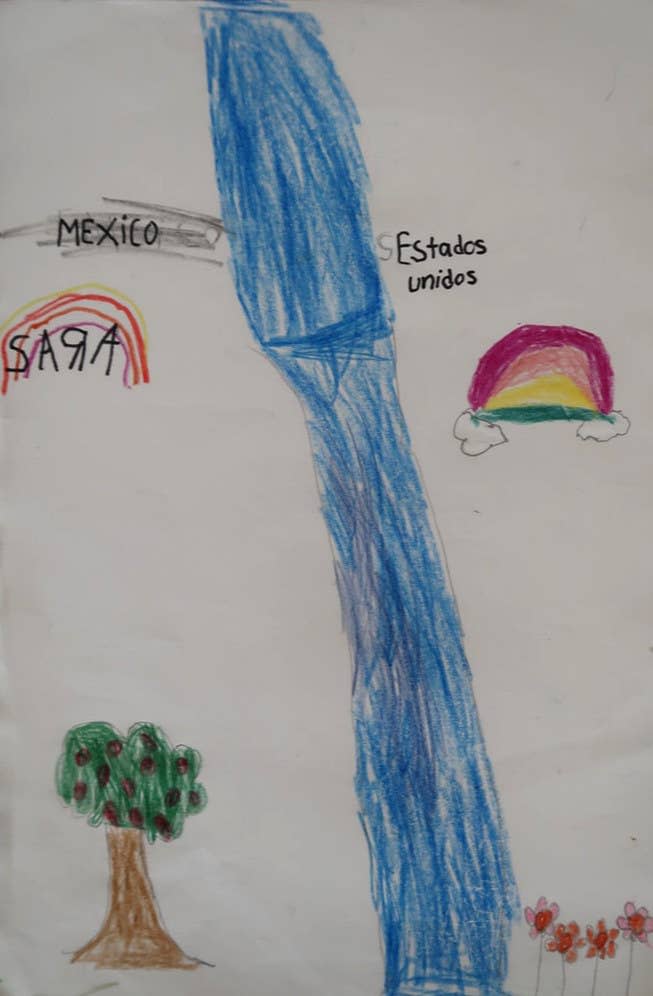
The Biden administration introduced a plan last month that would ban all non-Mexicans from applying for asylum at the border if they don’t first apply in a country they passed through on their way to the US or make an appointment using a new app. Rangel-Samponaro and her clients have found the app to have as many bugs as the tents in which many of them live, and the countries that they traveled through often lack functioning asylum services or are beset by the same gang violence and failing governments they’ve fled.
But there’s an exception in the Biden plan for kids: Those who arrive unaccompanied aren’t banned from seeking asylum. The loophole is both a relief and an anguish for families, forcing them to choose between sending their children to the US alone, where they have a chance at building a life, or waiting together and relying on an app that may — or may not — give them an appointment for due process in the immigration system.
Roughly 350 children each month forge ahead, alone.
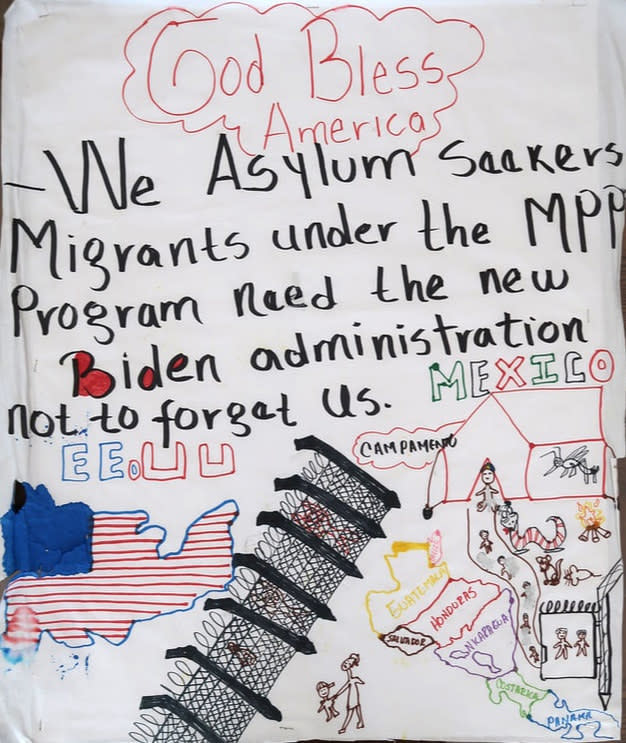
The stories told by the children in their drawings below help explain their reasons for leaving their homelands, their current realities on the border, and their future ambitions al otro lado — on the other side, in the US. The drawings show not only what — but who — is at stake should the Biden administration enact its proposal.
The public has until March 27 to comment on the Biden plan. Until then, the kids and their families are left to wonder whether a shot at asylum will be as elusive as the fabled pot of gold at the end of every rainbow.


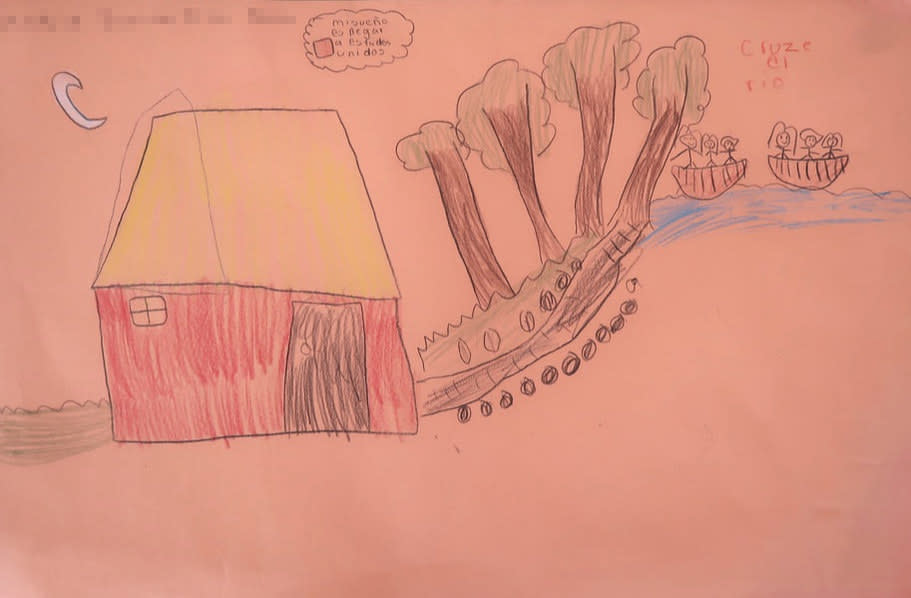
“My dream is to go to the US. Cross the river.”

“See the conditions we live in. This is not a life. We want to leave here. Help us. We have spent much time here. We want to leave.”
![“My name is [REDACTED]. I am 5 years old. I am from Honduras. I want to ask the President of the United States to please help us to leave soon from here. I don’t want to suffer here in this place. I want to be happy with my family. I pray every night and cry asking God to end this nightmare I’m living soon. Where I live there are rats, insects, snakes, and many pets. I don’t want to live like this.”](https://s.yimg.com/ny/api/res/1.2/JgqXWkInpnU99BLGHEb0hw--/YXBwaWQ9aGlnaGxhbmRlcjt3PTk2MDtoPTc2Mg--/https://media.zenfs.com/en/buzzfeed_news_articles_572/4af8ca4bc785a917ef7628696f1d9000)
“My name is [REDACTED]. I am 5 years old. I am from Honduras. I want to ask the President of the United States to please help us to leave soon from here. I don’t want to suffer here in this place. I want to be happy with my family. I pray every night and cry asking God to end this nightmare I’m living soon. Where I live there are rats, insects, snakes, and many pets. I don’t want to live like this.”

“God has put in place a new president to help us get out of this hell. We cannot wait any longer. ... We want our freedom.”
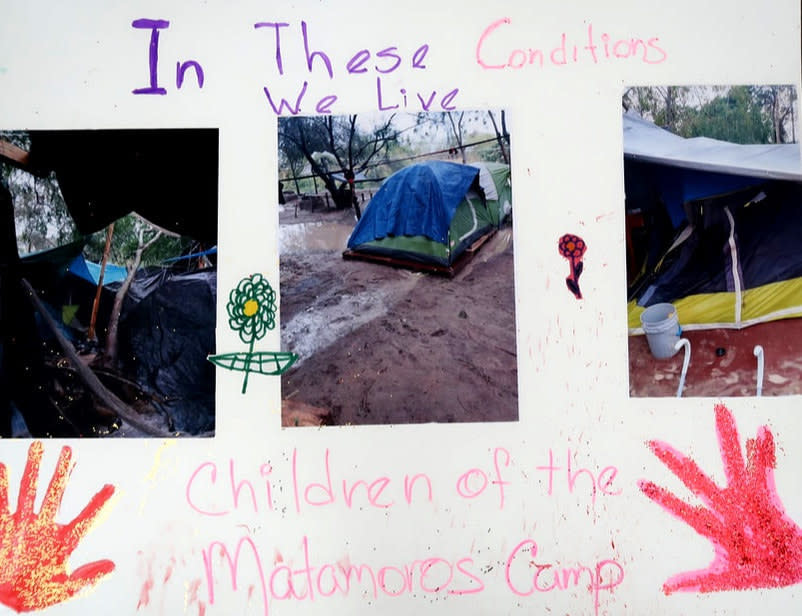
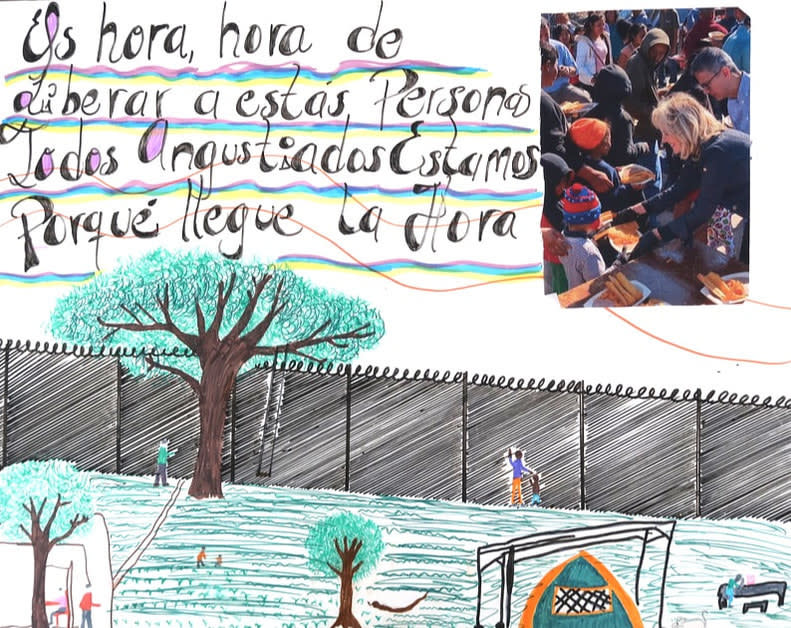
“It is the time to free these people. We are all in anguish. The time has come.”
![“Hello, my name is [REDACTED]. I’m 5 years old. I am from Honduras. I desire to speak to the President so that he will listen to us from here in the camp and open the doors to us so that we can be in a better place. We don't want to be cold anymore, we don’t want more insects. Please, Mr. President, open the doors to us. May God bless you. Thank you. Help us please. Don’t forget us.”](https://s.yimg.com/ny/api/res/1.2/rXH6M5wbgWuHODjbsMB5IA--/YXBwaWQ9aGlnaGxhbmRlcjt3PTk2MDtoPTc2NA--/https://media.zenfs.com/en/buzzfeed_news_articles_572/2c2ef9dbaccdc009dbbfa3511eddcef2)
“Hello, my name is [REDACTED]. I’m 5 years old. I am from Honduras. I desire to speak to the President so that he will listen to us from here in the camp and open the doors to us so that we can be in a better place. We don't want to be cold anymore, we don’t want more insects. Please, Mr. President, open the doors to us. May God bless you. Thank you. Help us please. Don’t forget us.”

The Law That Led To Trump’s Family Separation Crisis Has A Racist History. Now These Attorneys Are Fighting Against It In Court.Adolfo Flores · Dec. 4, 2022
The Number Of Desperate Immigrants Who Die While Trying To Get Into The US Keeps RisingAdolfo Flores · Oct. 5, 2022
Asylum-Seekers Forced To Wait In Mexico Face Horrid Conditions In Shelters, Legal Aid Groups SayAdolfo Flores · March 30, 2022




